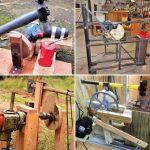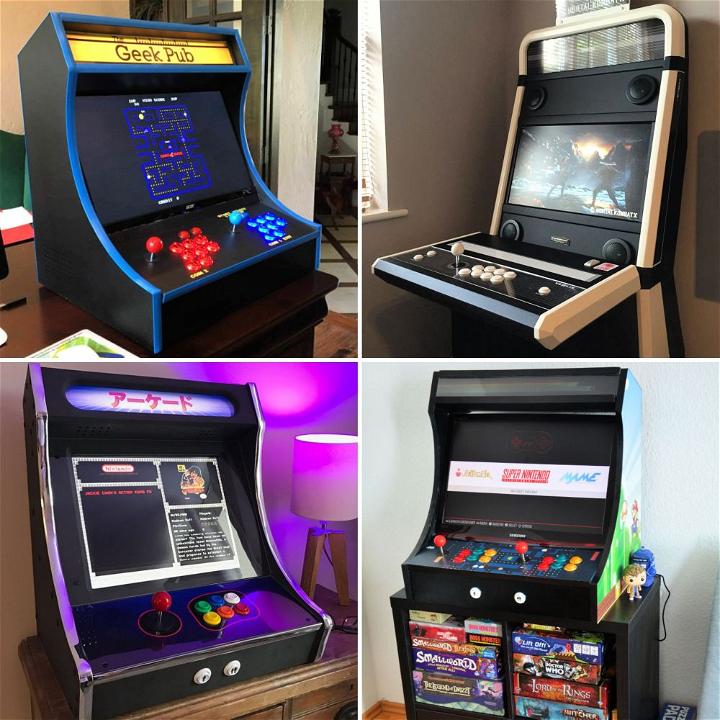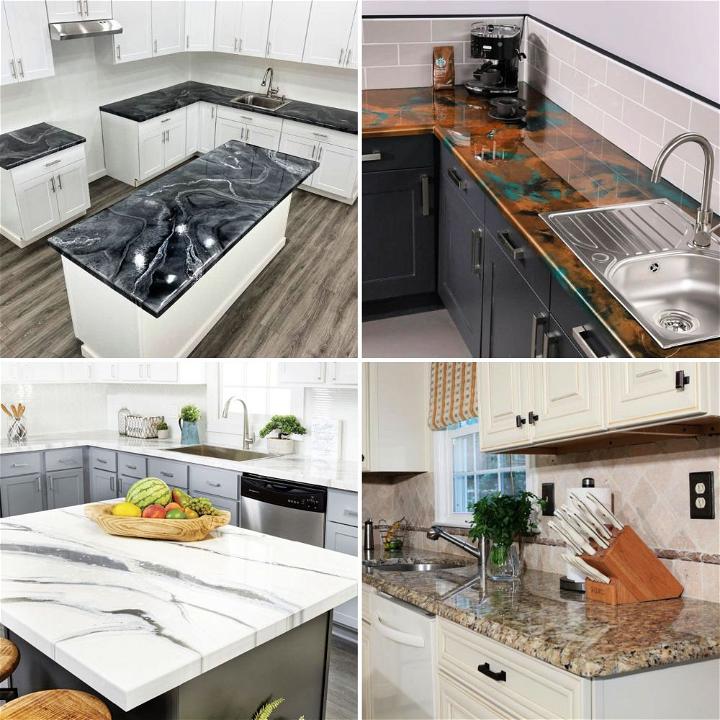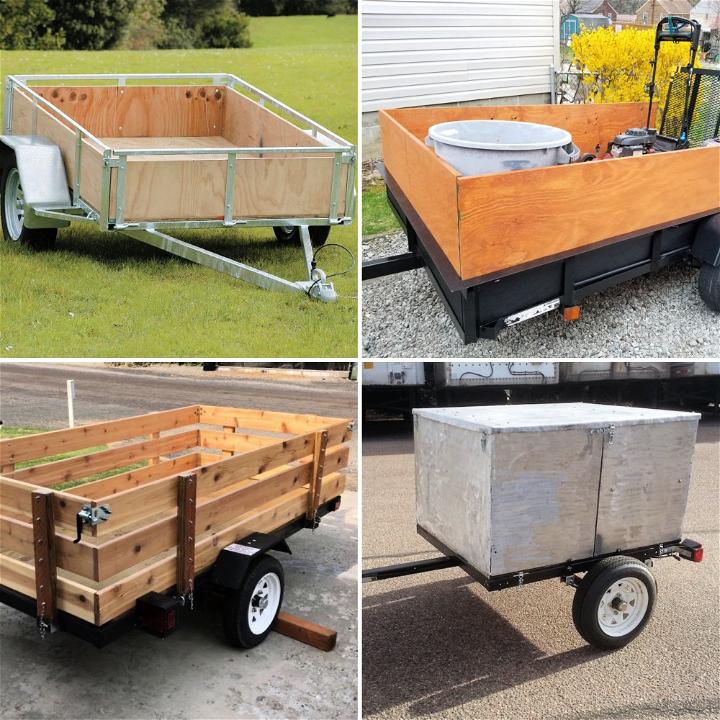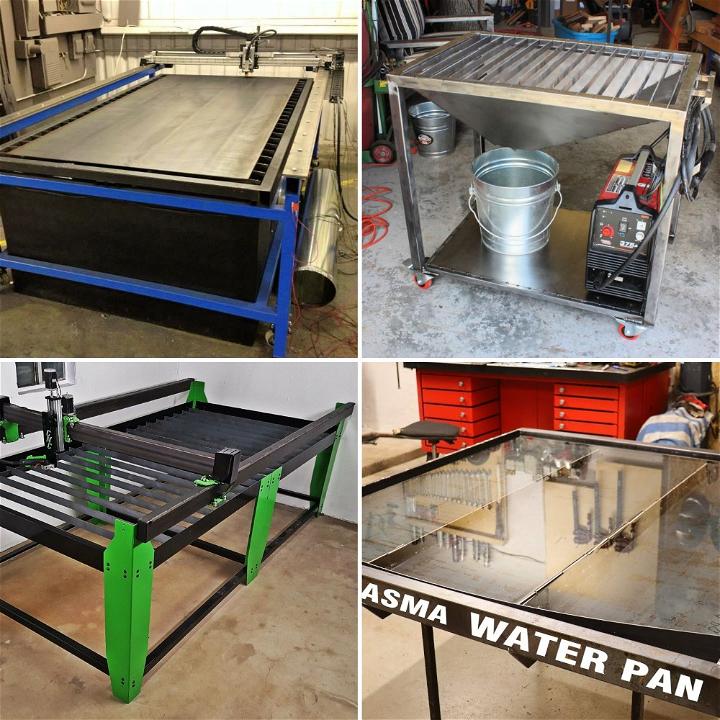Apothecary cabinets, with their myriad small drawers and compartments, have been a symbol of organization and care in the medical and herbalist communities for centuries. These cabinets served as both a practical storage solution and a testament to the evolving field of medicine.
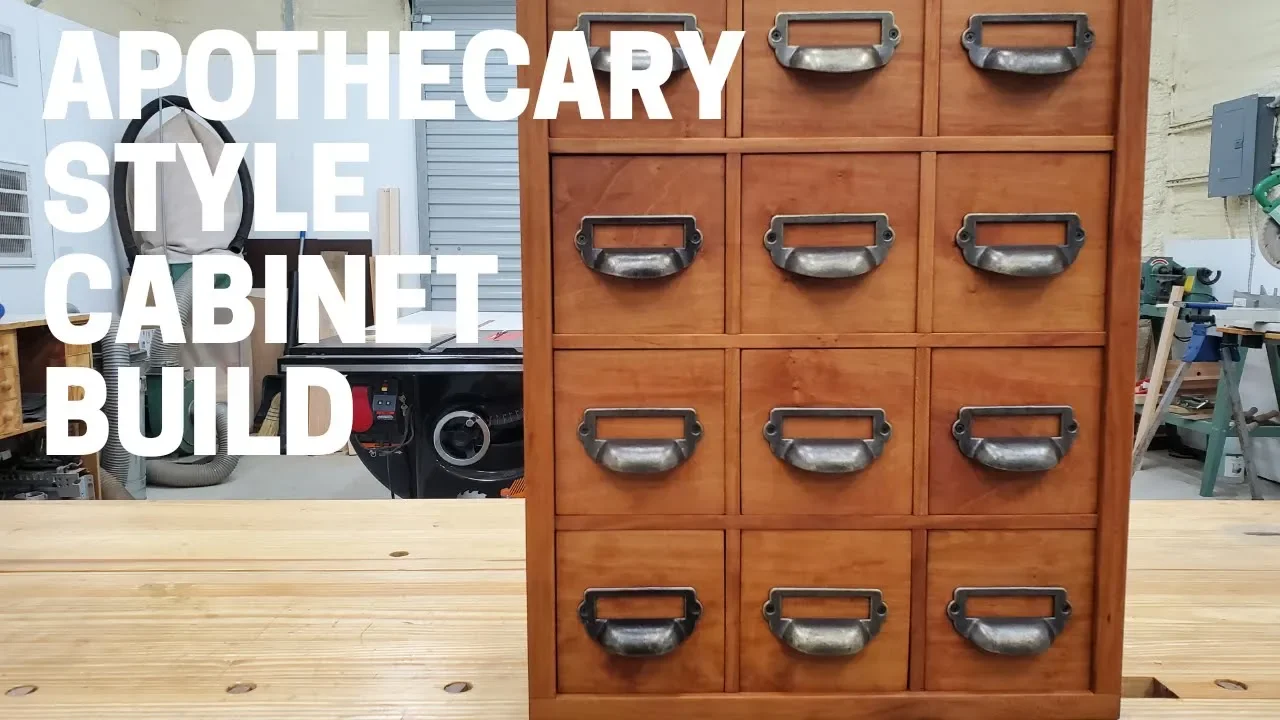
Origins and Evolution
The concept of the apothecary cabinet has its roots in the early 17th century. Initially known as ‘China cabinets' in England, they were designed to showcase fine china. However, their purpose quickly expanded beyond the display of porcelain to the storage of medicinal herbs and compounds.
Apothecaries: The Chemists of the Past
Apothecaries were the predecessors of modern pharmacists. They were a crucial part of the medical system, particularly well-established by the seventeenth century. These professionals were responsible for mixing and selling medicines, often building remedies from a variety of ingredients.
The Cabinet's Role in Medicine
In traditional Chinese medicine, apothecary cabinets were prominent features in pharmacies and physicians' shops. They stored herbs, medicines, elixirs, and tea leaves, playing a vital role in the practice of healing and wellness.
The Design's Impact on Modern Storage
The design of apothecary cabinets has influenced modern storage solutions. Their practical layout, allowing for the organization of numerous small items, has been adapted for use in various settings, from craft rooms to workshops.
How to Build an Apothecary Cabinet - Step by Step Guide
Learn how to build an apothecary cabinet with our step-by-step guide. Make a beautiful and functional piece for your home with our easy tutorial.
What Will I Get Out Of This?
In this comprehensive guide, you will learn how to build a cherry and poplar apothecary cabinet complete with charming drawer pulls. From milling the wood to applying the finish, each step is designed to help you make a beautiful, functional piece. Experience the satisfaction of crafting a piece of furniture that will not only be a conversation starter but also provide ample storage.
Step by Step Instructions
1. Preparing Your Wood
- Start by cutting cherry wood (for the external parts) and poplar wood (for internal mechanisms) to size using a miter saw.
- Use a jointer to square one edge and face, then a planer to get them to the right thickness. Lastly, rip them to the correct width on a table saw.
2. Cutting the Dovetails
- Lay out and cut the dovetails for the case. Utilize a Moxon vise for this, carefully marking out and sawing the tails, then chiseling out the waste.
3. Building the Dado Grooves
- Mark out where the stop dados will go on the case, ensuring they won't be visible on the exterior. Use a router with a homemade fence to make precise, hidden grooves for the dividers.
4. Assembling the Case
- Apply glue to the dovetails and use clamps to bring the parts together tightly. Ensure the assembly is square.
5. Making the Dividers
- Cut and fit the horizontal and vertical dividers, ensuring they slot into the dados snugly. Sand down any rough areas.
6. Drawer Construction
- Cut the drawer fronts from cherry wood, ensuring a continuous grain.
- Make the drawer bodies from poplar, using an interlocking dado joint for the sides and front.
- Glue, clamp, and nail the drawers together.
7. Fitting the Drawers
- Individually fit each drawer into its slot, adjusting with a hand plane as necessary.
8. Finishing Touches
- Sand the entire cabinet and apply two coats of boiled linseed oil followed by two coats of a homemade wiping varnish.
- Attach the back of the cabinet using quarter-inch birch plywood.
- Install drawer pulls, ideally using a template for consistency.
9. Mounting the Cabinet
- Opt for a low-profile French cleat for wall mounting, providing a secure yet easy installation method.
Video Tutorial
Want a visual demonstration? Watch a step-by-step video tutorial on YouTube for this project at TwistedWorkshop Apothecary Cabinet Build.
It provides a clear and easy-to-understand visual walkthrough of the techniques, making it a great companion to this written guide.
FAQs About DIY Apothecary Cabinets
Discover all you need to know about DIY apothecary cabinets in this comprehensive FAQ guide. Learn how to build and customize your very own cabinet today!
What is the best wood to use for a DIY apothecary cabinet?
The best wood for a DIY apothecary cabinet would be one that is sturdy and has a fine grain, such as pine, oak, or maple. These woods are durable and easy to work with, which is ideal for crafting the small drawers typical of an apothecary cabinet.
Can I use reclaimed wood for my apothecary cabinet?
Yes, reclaimed wood can add character and a rustic charm to your apothecary cabinet. Ensure the wood is free from pests and has been properly treated before use.
What kind of finish should I apply to protect the cabinet?
A polyurethane finish is recommended for apothecary cabinets as it provides a durable protective layer that is also water-resistant. For a more natural look, you could use a beeswax or linseed oil finish.
How can I maximize the storage space in my apothecary cabinet?
To maximize storage, consider adding dividers in the drawers or using the inside of the cabinet doors. This can help organize smaller items and make the most of the available space.
Are there any special tools required for building an apothecary cabinet?
While basic woodworking tools will suffice for most of the project, having a router can be beneficial for building the slots for the drawer dividers. Additionally, a table saw can ensure precise cuts for the drawers and cabinet frame.
25 DIY Apothecary Cabinet Plans and Inspirations
Discover 25 DIY apothecary cabinet plans and inspirations to build your own stylish storage solution for herbs and spices. Start crafting today!

1. Turn a Plain Dresser Into Apothecary Cabinet

Breathing new life into a plain dresser by transforming it into an apothecary cabinet is a delightful project. This method makes good use of existing furniture, offering both storage and style. It's about bringing charming, old-world vibes into our modern living spaces, enhancing the décor with a piece that stands out for its functional elegance.
2. Homemade Faux Apothecary Media Cabinet
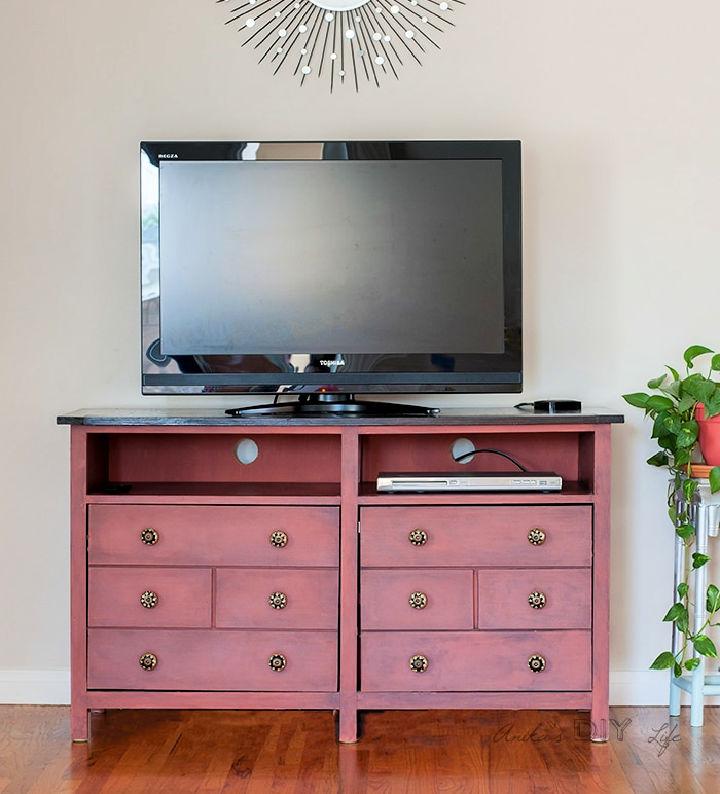
Making a homemade faux apothecary media cabinet combines entertainment with vintage style. It's a creative solution that hides modern gadgets in something that looks timelessly classic. This approach not only adds character to your living space but also makes a conversation starter, blending tech with tradition beautifully.
3. IKEA Alex Into an Apothecary Cabinet
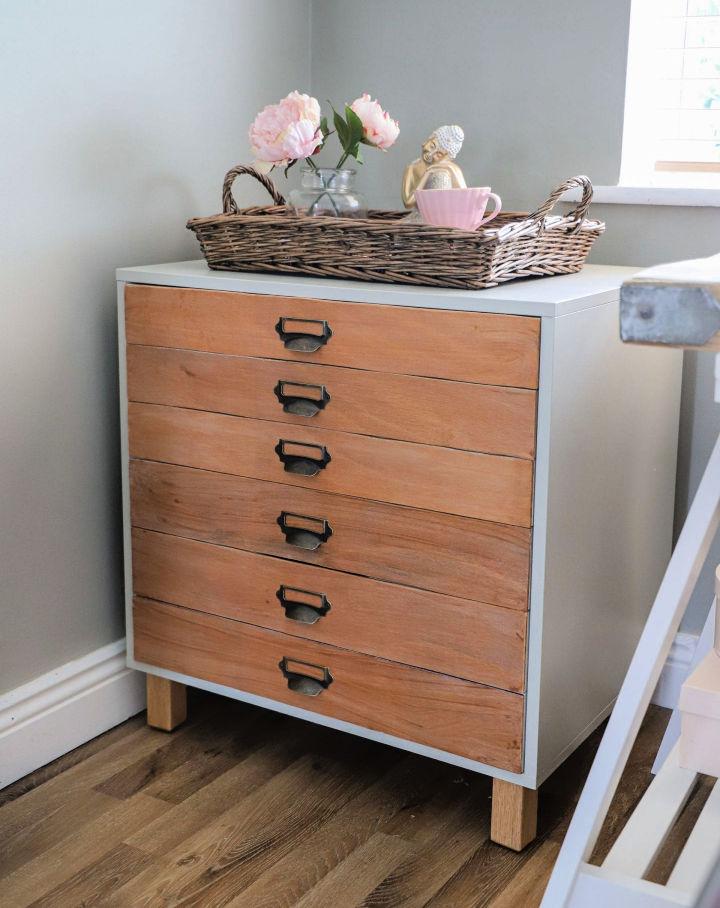
Turning an IKEA Alex unit into an apothecary cabinet is a smart and stylish hack. This project elevates the simplicity of IKEA's design to a piece brimming with personality and charm. It's perfect for adding a touch of unique style to your home while benefiting from the practicality and affordability of IKEA.
4. DIY Apothecary Cabinet From Wood Scrap

Making a DIY apothecary cabinet from wood scrap not only recycles leftover materials but also adds a bespoke feature to your home. This approach emphasizes sustainability and creativity, resulting in a one-of-a-kind piece that's both eco-friendly and eye-catching. It's a great way to showcase craftsmanship and make a statement.
5. Industrial Antique Apothecary Cabinet

An industrial antique apothecary cabinet brings a dash of history and rugged charm to any space. Its design, often featuring a multitude of drawers and unique labels, is ideal for organizing while adding an aesthetic appeal. Perfect for those who appreciate the beauty in aged materials and the stories they tell.
6. DIY Tabletop Apothecary Cabinet
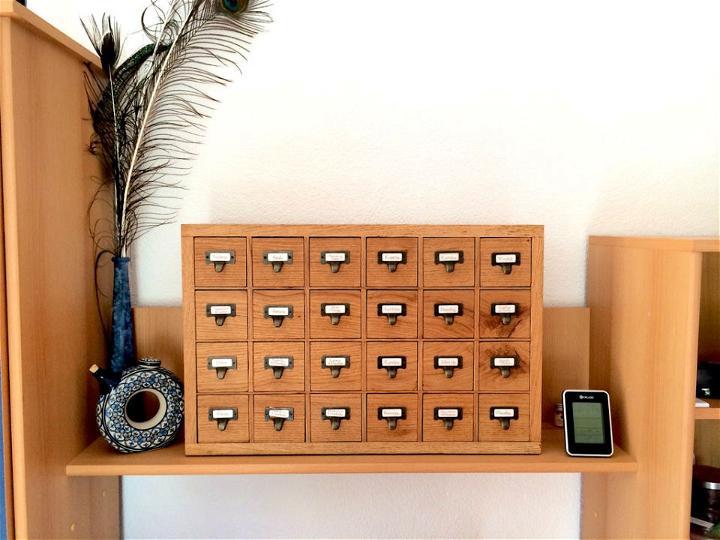
A DIY tabletop apothecary cabinet is a compact and versatile project. It's ideal for storing small essentials or displaying treasures, fitting seamlessly into various rooms. This miniature version of the traditional apothecary cabinet adds a touch of whimsy and practicality, making it a delightful addition to any home.
7. IKEA Apothecary Cabinet Hack

An IKEA apothecary cabinet hack is a clever and cost-effective way to achieve a high-end look. By modifying a standard IKEA piece, you can make something that appears custom and luxurious. It's about enhancing the ordinary into something extraordinary, proving that style doesn't have to break the bank.
8. DIY Apothecary Cabinet Makeover

Embarking on a DIY apothecary cabinet makeover allows for personal expression through furniture. Whether it's updating an old piece or adding apothecary-style detail to something newer, this project rejuvenates your space. It's a creative exercise in giving furniture a second life with added flair and functionality.
9. Free Wooden Apothecary Cabinet Plan

Accessing a free wooden apothecary cabinet plan is a great starting point for building your project. These plans offer guidance and inspiration, catering to various skill levels. It's a perfect way to embark on a DIY journey, crafting a piece that's both practical and steeped in character.
10. How to Build an Apothecary Cabinet
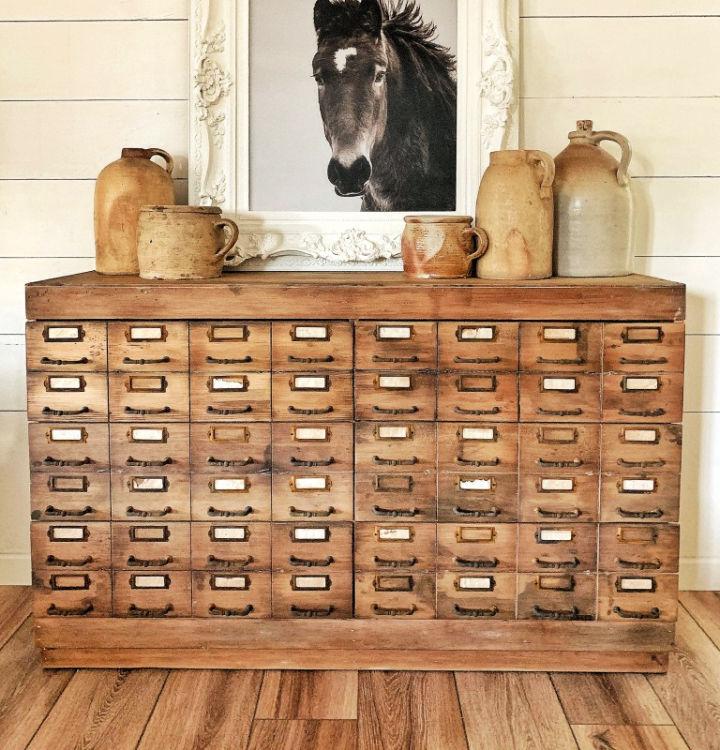
Learning how to build an apothecary cabinet from scratch is a rewarding endeavor. It involves careful planning and attention to detail but results in a stunning piece of furniture that's tailor-made. This venture is about taking raw materials and transforming them into a functional work of art that enhances any home.
11. Building Small Vintage Apothecary Cabinet

Building a small vintage apothecary cabinet brings a dash of nostalgic charm into any space. These cabinets, with their multiple small drawers, are perfect for organizing everything from spices in the kitchen to crafting supplies. Their timeless design adds character and functionality to a home, making them both a practical and stylish choice.
12. DIY Faux Apothecary Cabinet

Making a DIY faux apothecary cabinet is a clever way to achieve that sought-after vintage look without breaking the bank. This approach allows you to repurpose existing furniture or simpler new pieces by adding details that mimic the classic apothecary aesthetic. It's an eco-friendly and creative solution that adds personality to your decor.
13. How to Make an Apothecary Cabinet
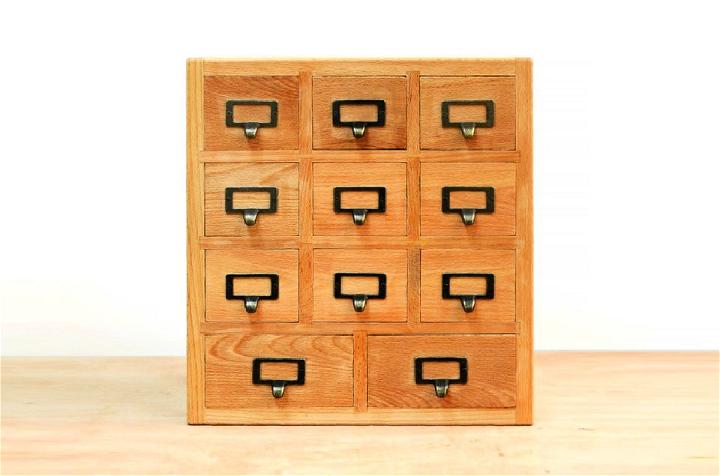
Learning how to make an apothecary cabinet can be a rewarding project. This hands-on experience not only hones your woodworking skills but also gives you the freedom to customize the cabinet to fit your specific needs. Whether it's deciding the number of drawers or choosing the finish, the personal touch makes it even more special.
14. Modern DIY Apothecary Cabinet

Embarking on a modern DIY apothecary cabinet project is a fantastic way to blend contemporary design with traditional functionality. With clean lines and minimalistic hardware, such cabinets fit seamlessly into modern homes, providing both a stylish feature and a practical storage solution. Plus, building it yourself adds a personal touch of pride.
15. Make Your Own Hidden Desk Apothecary Cabinet

Making your own hidden desk apothecary cabinet is an innovative way to maximize space and minimize clutter. This clever design conceals a functional workspace within a classic apothecary cabinet, offering a unique solution for homes where space is at a premium. It's a creative twist on traditional furniture.
16. Handmade Apothecary Wall Shelf

Making a handmade apothecary wall shelf introduces both charm and organization to any wall in your home. Ideal for displaying small collectibles or organizing spices, this project simplifies the apothecary concept into a more accessible format while still retaining its delightful aesthetic and practicality.
17. Large Apothecary Style Cabinet Design

Designing a large apothecary-style cabinet can dramatically increase your storage options. With its array of drawers and sometimes even secret compartments, this furniture piece is as intriguing as it is functional. Its grandeur and detailed design can serve as the focal point of a room, exuding elegance and craftsmanship.
18. DIY Wooden Apothecary Box

Constructing a DIY wooden apothecary box is a smaller scale project that packs a big punch in terms of charm and utility. These boxes are perfect for organizing jewelry, office supplies, or even tea bags. It's a straightforward project that adds a touch of vintage flair to any corner of your home.
19. Making Apothecary Chest of Drawers

Making apothecary chest of drawers is an invitation to get creative with organization and design. This furniture piece blends the quaint charm of historical apothecaries with the practical need for storage, making it a delightful addition to bedrooms, living rooms, or home offices.
20. Simple Apothecary Cabinet Using Scrap of Plywood

Building a simple apothecary cabinet using scraps of plywood shows that beautiful and functional furniture doesn't have to come with a high price tag. This project is not only cost-effective but also sustainable, giving leftover materials a new purpose. It's a testament to the beauty of upcycling and craftsmanship.
21. Mini Walnut Apothecary Chest Plans

Making a mini walnut apothecary chest plans brings a touch of vintage charm to any room. These small yet elegant pieces are perfect for storing spices, teas, or small keepsakes. The warm walnut finish and intricate designs add a cozy feel while keeping your treasures organized.
22. Cheap DIY Pharmacy Apothecary Cabinet

On the other hand, a cheap DIY pharmacy apothecary cabinet is all about functionality with a creative twist. Using budget-friendly materials, you can craft a stylish storage solution that's both unique and practical. This approach offers a personalized touch to home décor and an affordable way to declutter.
23. Apothecary Cabinet from Pallet and Scrap Wood

For a rustic vibe, consider building an apothecary cabinet from pallet and scrap wood. This eco-friendly project repurposes old materials into a chic, functional piece. It's a fantastic way to reduce waste while adding a characterful element to your space, perfect for a sustainable yet stylish home.
24. Regular Dresser Into Architect Cabinet

Transforming a regular dresser into an architect cabinet is a splendid idea for those who love a blend of modern and classic design. This upcycling project breathes new life into a basic dresser, turning it into a show-stopping piece ideal for storing project plans, art supplies, or even clothes.
25. Creative Apothecary Cabinet Ideas

Lastly, exploring creative apothecary cabinet ideas can open a world of decorative and functional possibilities. Whether it's integrating hidden compartments, using unconventional materials, or adding vibrant colors, the sky's the limit. These unique pieces can become a focal point in any room, combining aesthetic appeal with practical storage solutions.
Conclusion:
Wrapping up this guide to building a DIY apothecary cabinet, you now have all the knowledge and inspiration you need to embark on your own creative project. From selecting materials to organizing your supplies, this step-by-step process will guide you through the rewarding journey of building a beautiful and functional apothecary cabinet for your home. Get ready to showcase your craftsmanship and elevate your storage solutions!






